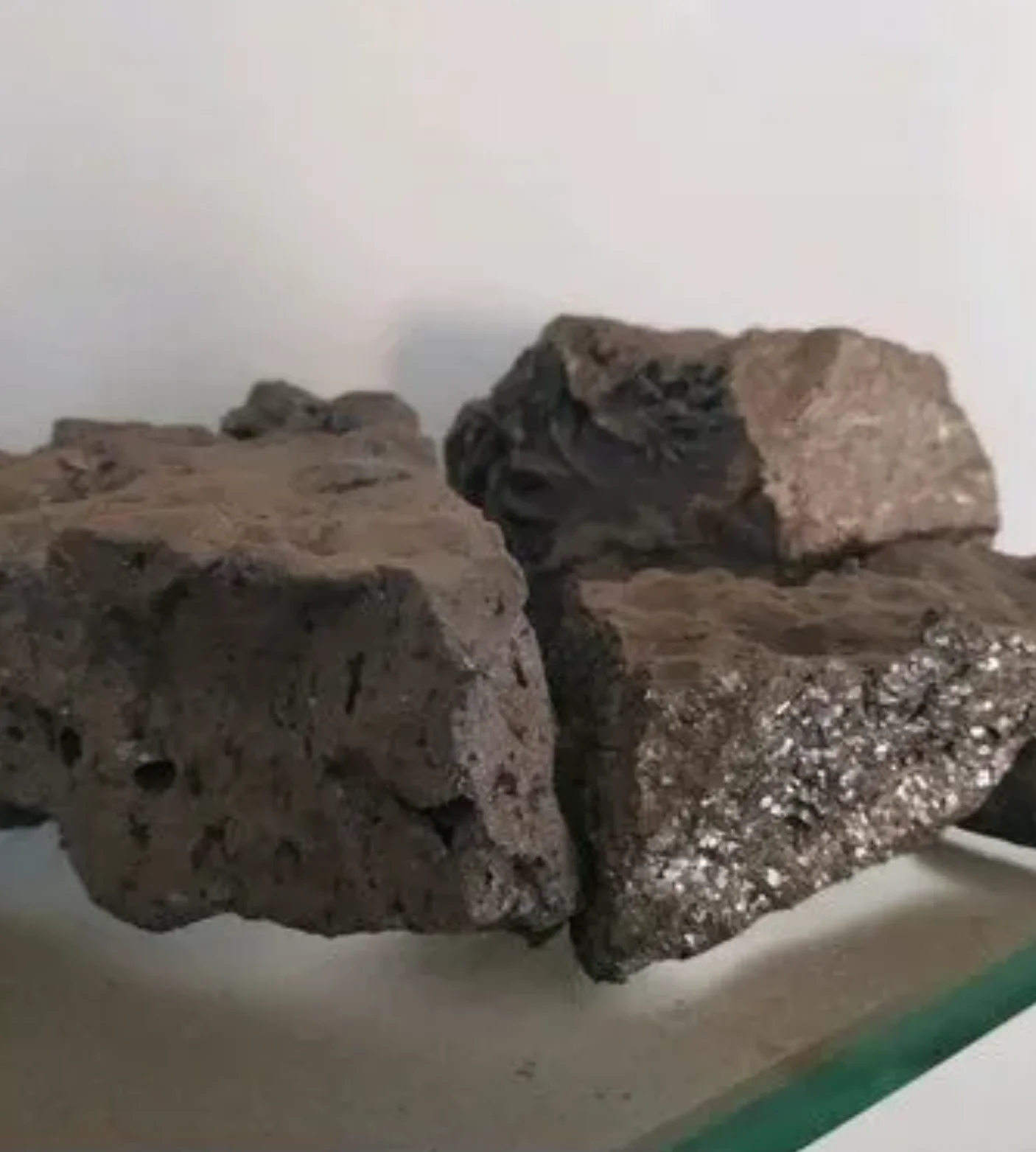Ferro Alloys

Ferro Alloys
Are alloys of iron with other elements, primarily used in steelmaking to improve its properties. They come in various compositions, each with specific specifications for elements like manganese, silicon, chromium, etc., along with limitations on impurities like phosphorus and sulfur. Common examples include ferro-manganese, ferro-silicon, and ferro-chrome, with varying carbon content depending on the application.
Key Ferroalloy Specifications:
Ferro-manganese:
High Carbon (HC): Mn 70-82%, C 6-8%, Si 1.5% max.
Medium Carbon (MC): Mn 74-82%, C 1-3%, Si 1.5% max.
Low Carbon (LC): Mn 80-85%, C 0.1-0.7%, Si 1-2% max.
Silico-manganese: Mn 60-70%, Si 10-20%, C around 20%.
Ferro-silicon: Si content can range from 15% to 90%, with common grades being 15%, 45%, 75%, and 90%.
Ferro-chrome: Often specified by Cr content, such as 60-66%.
Other Elements: Specifications also include limits for phosphorus (P) and sulfur (S), and sometimes aluminum (Al) or other elements.
Size: Ferroalloys are also specified by size ranges, such as 25-150 mm +/- 10%.
Applications:
Deoxidation: Many ferroalloys are used to remove oxygen from molten steel, improving its quality.
Alloying: They add specific elements to the steel to enhance its strength, toughness, and other properties.
Desulphurization: Ferro-manganese can reduce the harmful effects of sulfur in steel.
